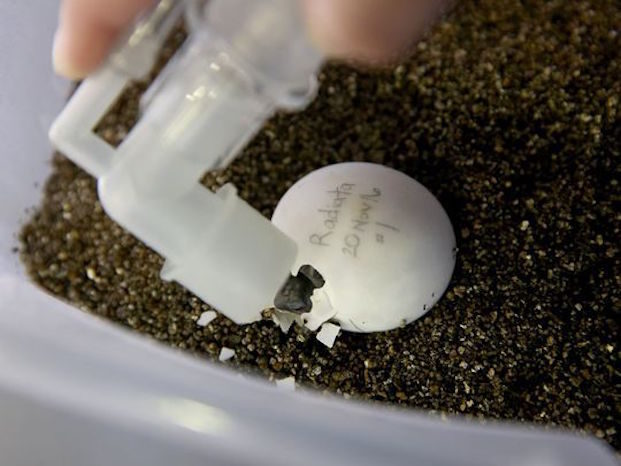
Zoo Knoxville officials said Saturday that 33 reptiles died at the zoo, including rare and endangered species, from an unknown event earlier in the week.
Zoo workers found 30 snakes and a lizard, all housed in the same building in the zoo's reptile area, dead on Wednesday morning. The zoo's animal clinic and veterinarians from the University of Tennessee College of Veterinary Medicine were called in to investigate. The surviving animals were evacuated from the building.
Lisa New, president and CEO of Zoo Knoxville, said Sunday night that the zoo believes the deaths were not due to disease but "an environmental cause," although additional autopsy results are pending.
New said in a news release Saturday that the loss was a tragic event for the zoo, as several endangered or threatened species breeding programs were lost.
"This is a devastating and catastrophic loss to our zoo," she said. "These animals were important ambassadors who helped so many people understand the role snakes and lizards play in the balance of nature.

"We also lost breeding programs for several endangered and threatened species," she added. "It is especially difficult for our herpetologists who have dedicated their careers to caring for and advocating for these animals."
The building where the event happened was home to 52 animals before the event and has been closed while an investigation continues. No other buildings in the reptile area were affected. Three critically endangered species were lost during the event, the Louisiana pine snake, the Catalina Island rattlesnake and the Aruba Island rattlesnake. Popular snakes killed included a forest cobra and an albino Eastern diamondback rattlesnake.
Zoo officials said the building was under inspection by KUB and other agencies to try to determine what caused the deaths. What caused the deaths, however, did not target just snakes, but the building housed a majority of the snake population.
Some of the animals lost were on exhibit in the building, but others were not. So far, no correlation has been drawn between exhibit status and survival.



Reader Comments
to our Newsletter